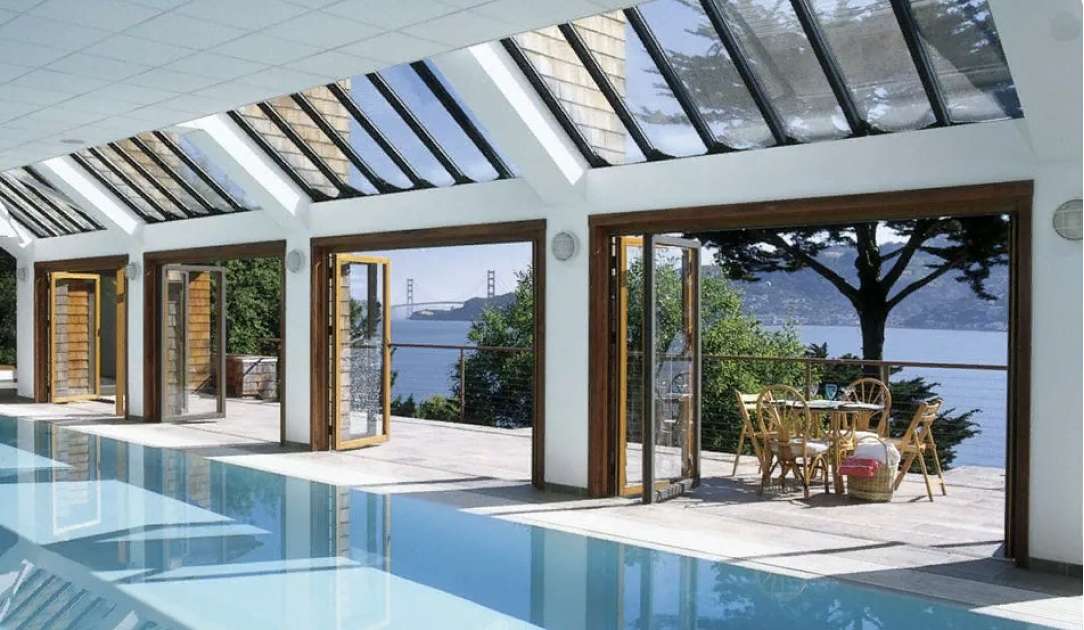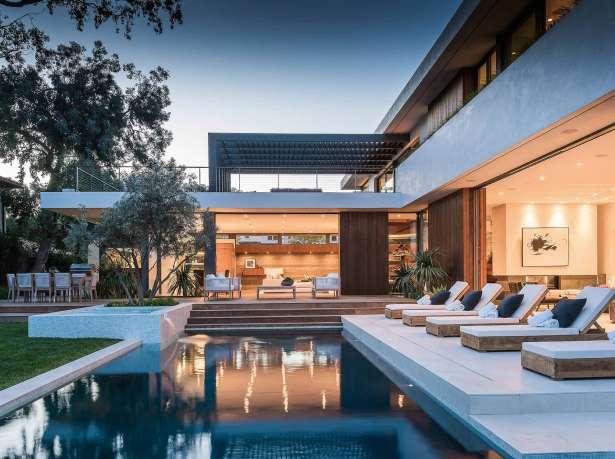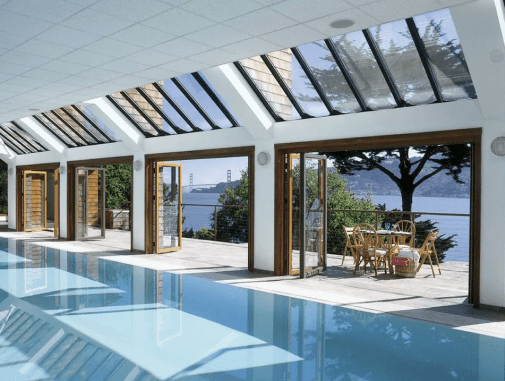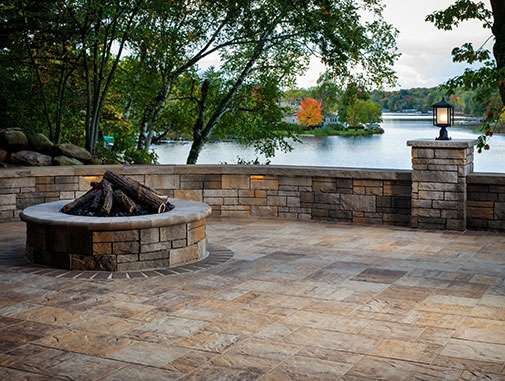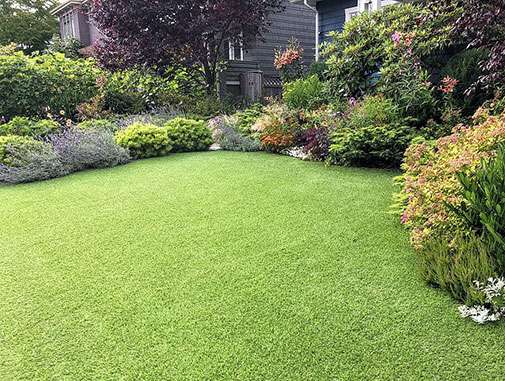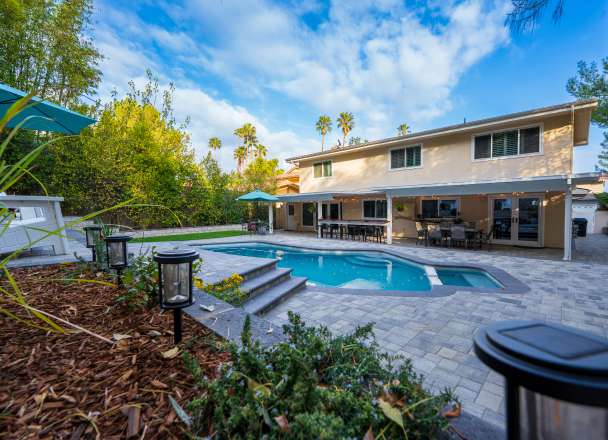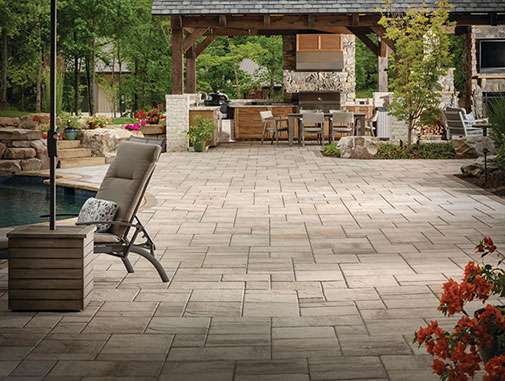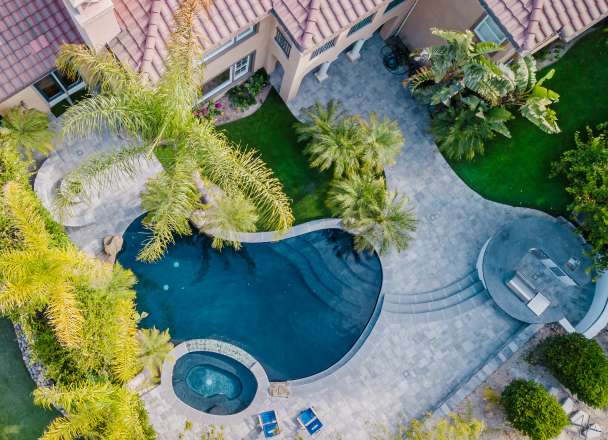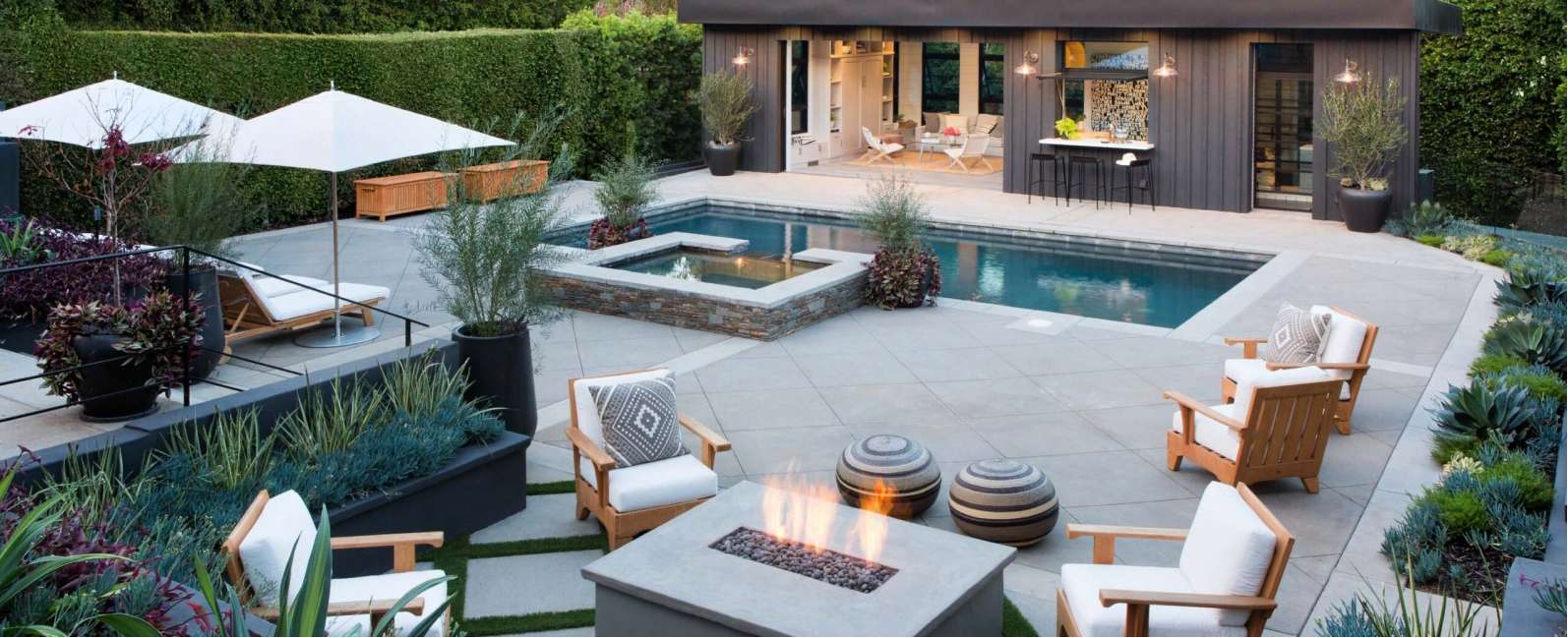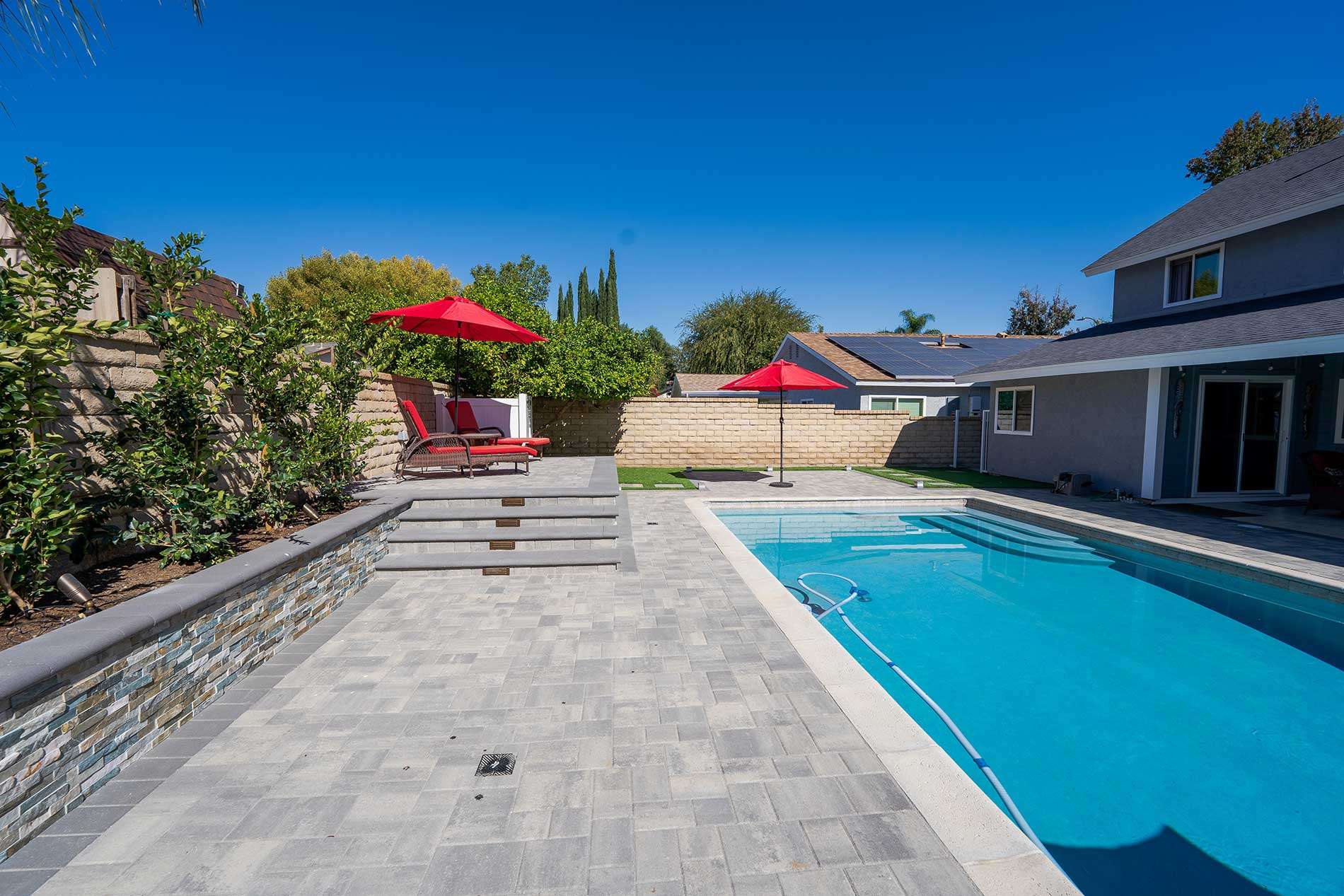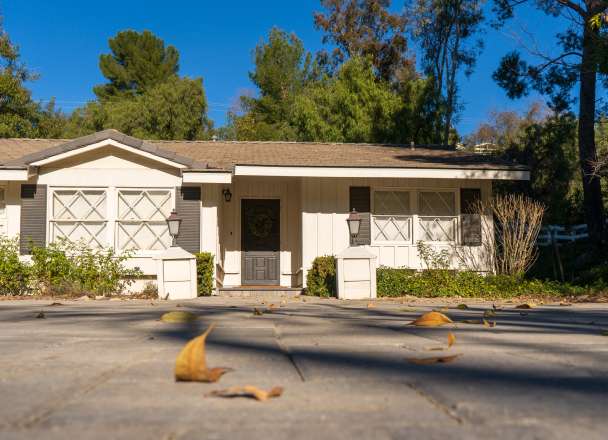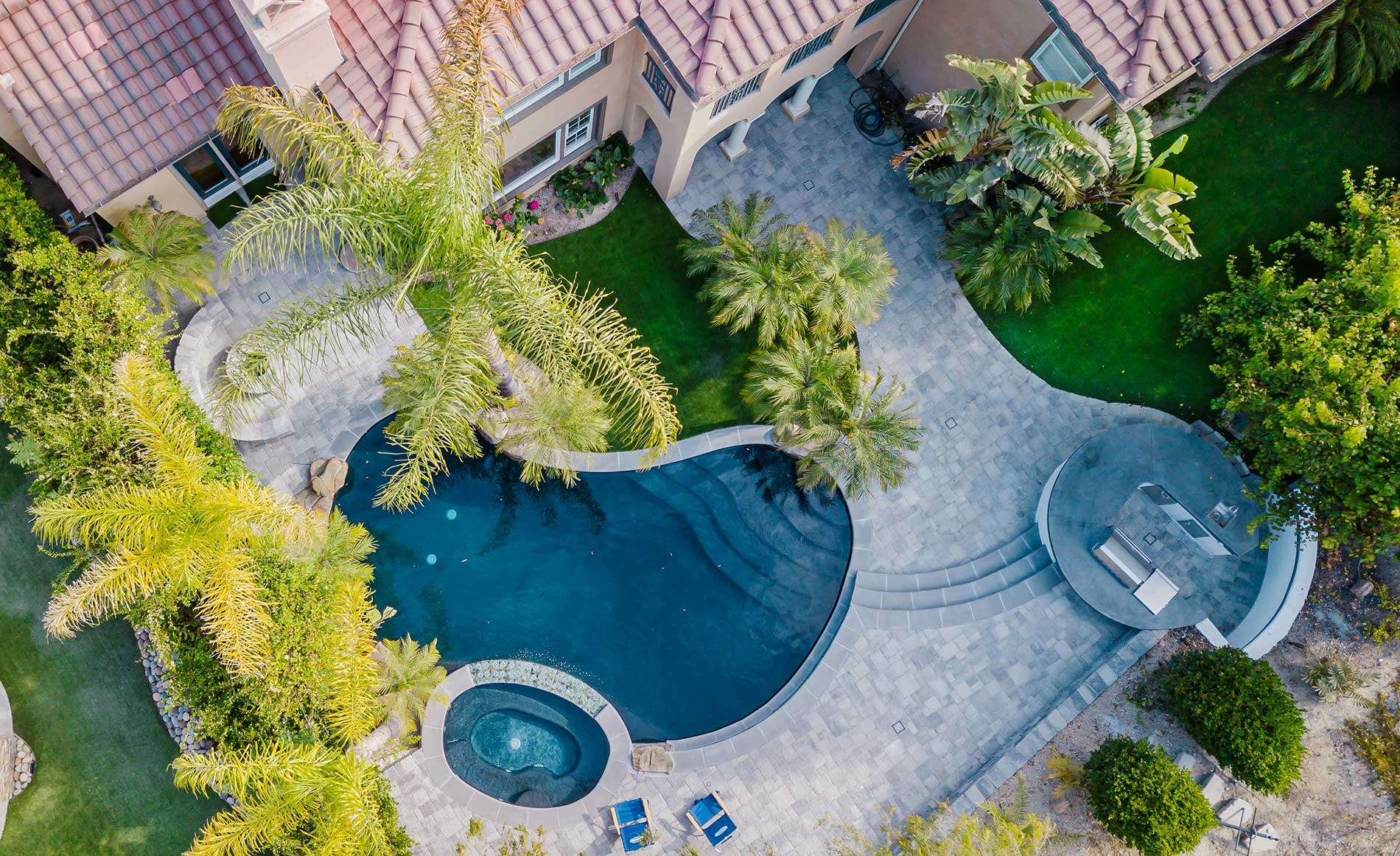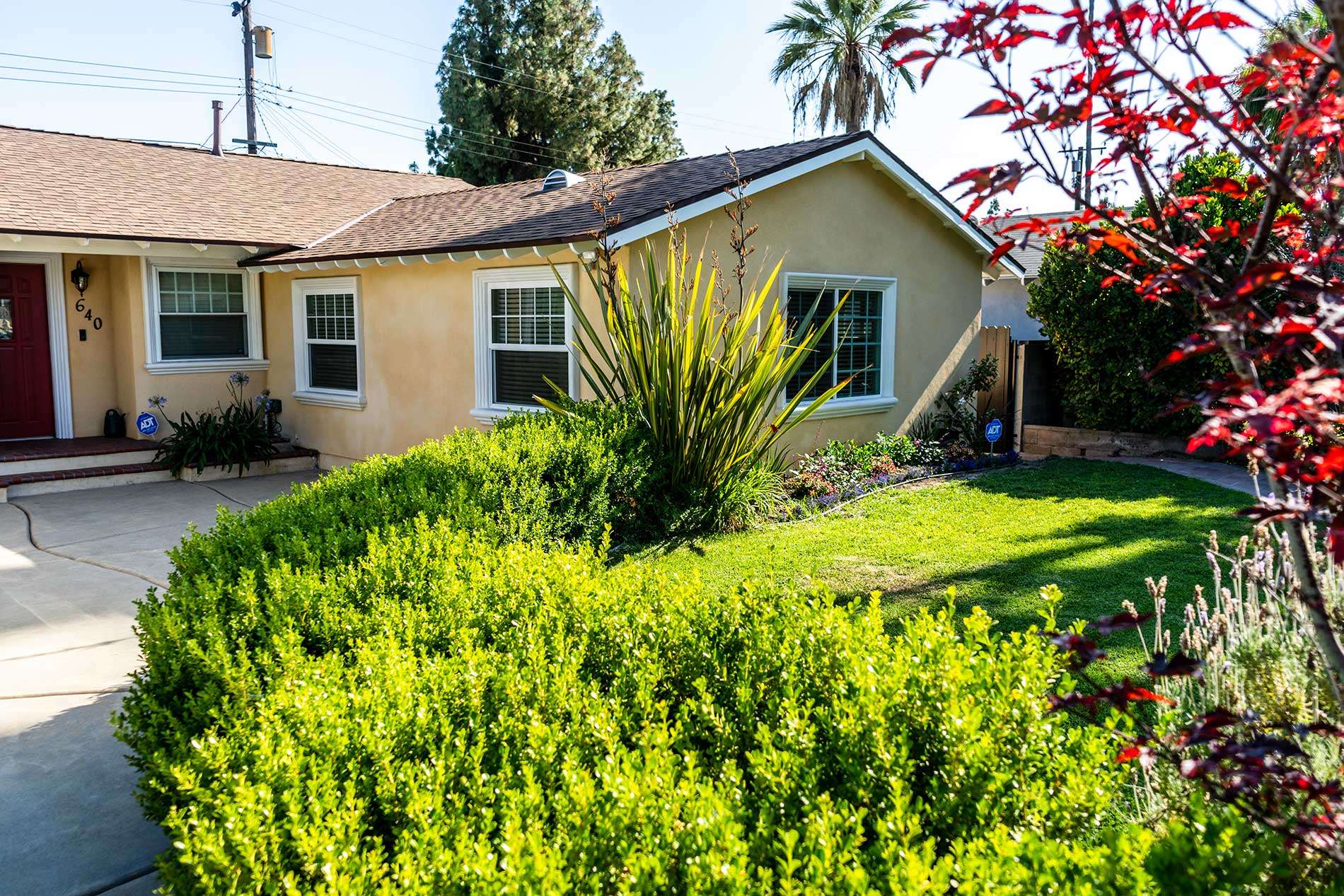
ADU Construction Services
Unlock Your Property Potential
ADU stands for “Accessory Dwelling Unit,” and it is a construction project that involves building a secondary and self-contained living space on the same property as an existing primary residence. ADUs are also known as “granny flats,” “in-law units,” or “backyard cottages.”
ADUs can take various forms, including detached structures, attached additions to the main house, or converted garages or basements. The design and size of the ADU depend on local building codes, zoning regulations, and the homeowner’s preferences.

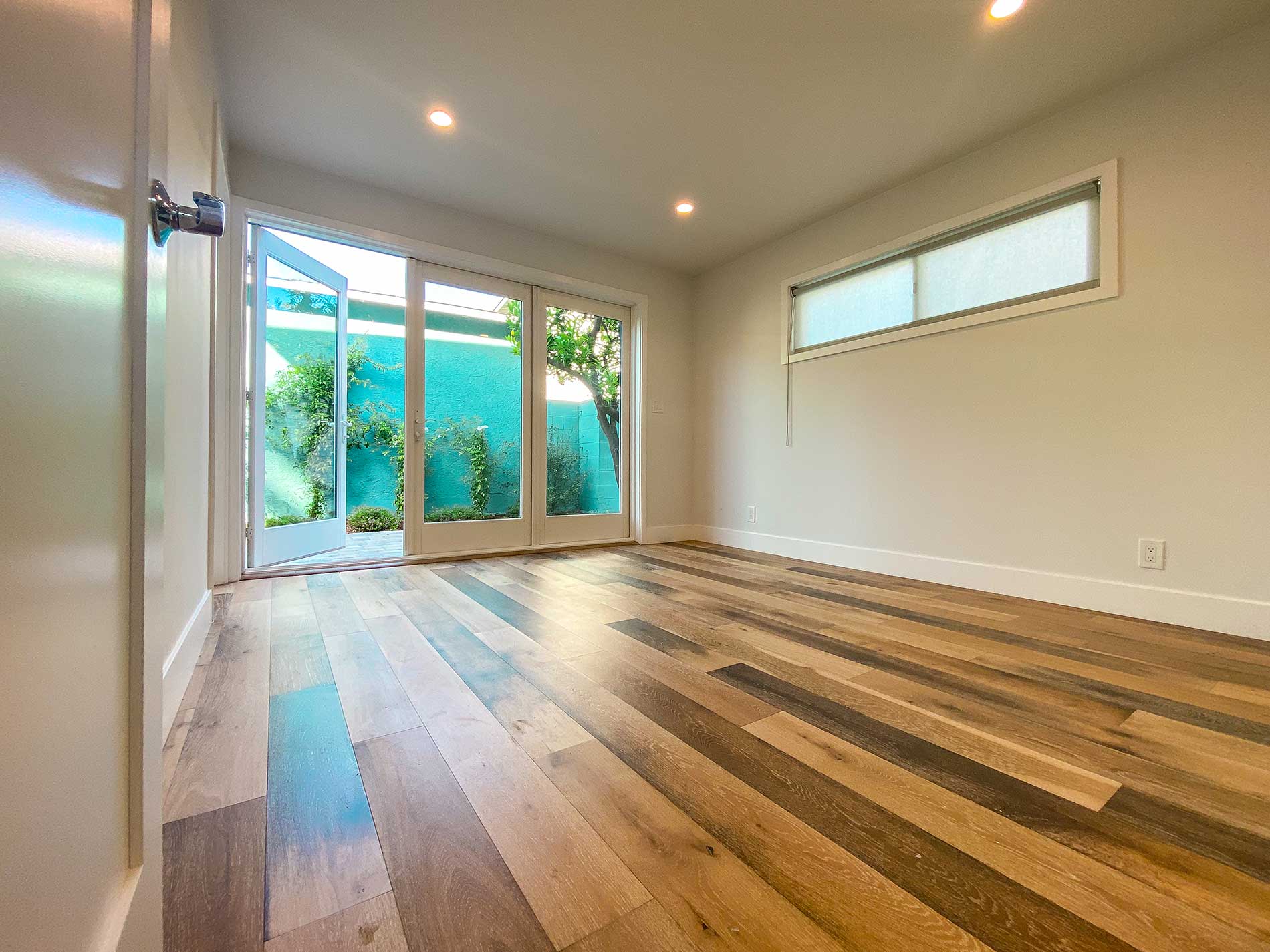
The possibilities of ADUs
Whether you’re looking to create a cozy space for guests, generate rental income, or enhance the functionality of your property, exploring the possibilities of ADUs opens up a world of exciting opportunities.
An ADU can serve as additional living space for extended family, guests, or even as a private retreat for yourself.
- Comfortable Accommodation: An ADU provides a private and comfortable living area for guests, family members, or friends, making their stay more enjoyable and convenient.
- Multigenerational Living: ADUs are ideal for multigenerational families, providing a separate living space while keeping everyone close together.
- Home Office: An ADU can be converted into a home office, providing a dedicated workspace away from the distractions of the main house.
- Extended Stays: ADUs are perfect for hosting guests for extended periods, such as relatives visiting for holidays or long-term stays.
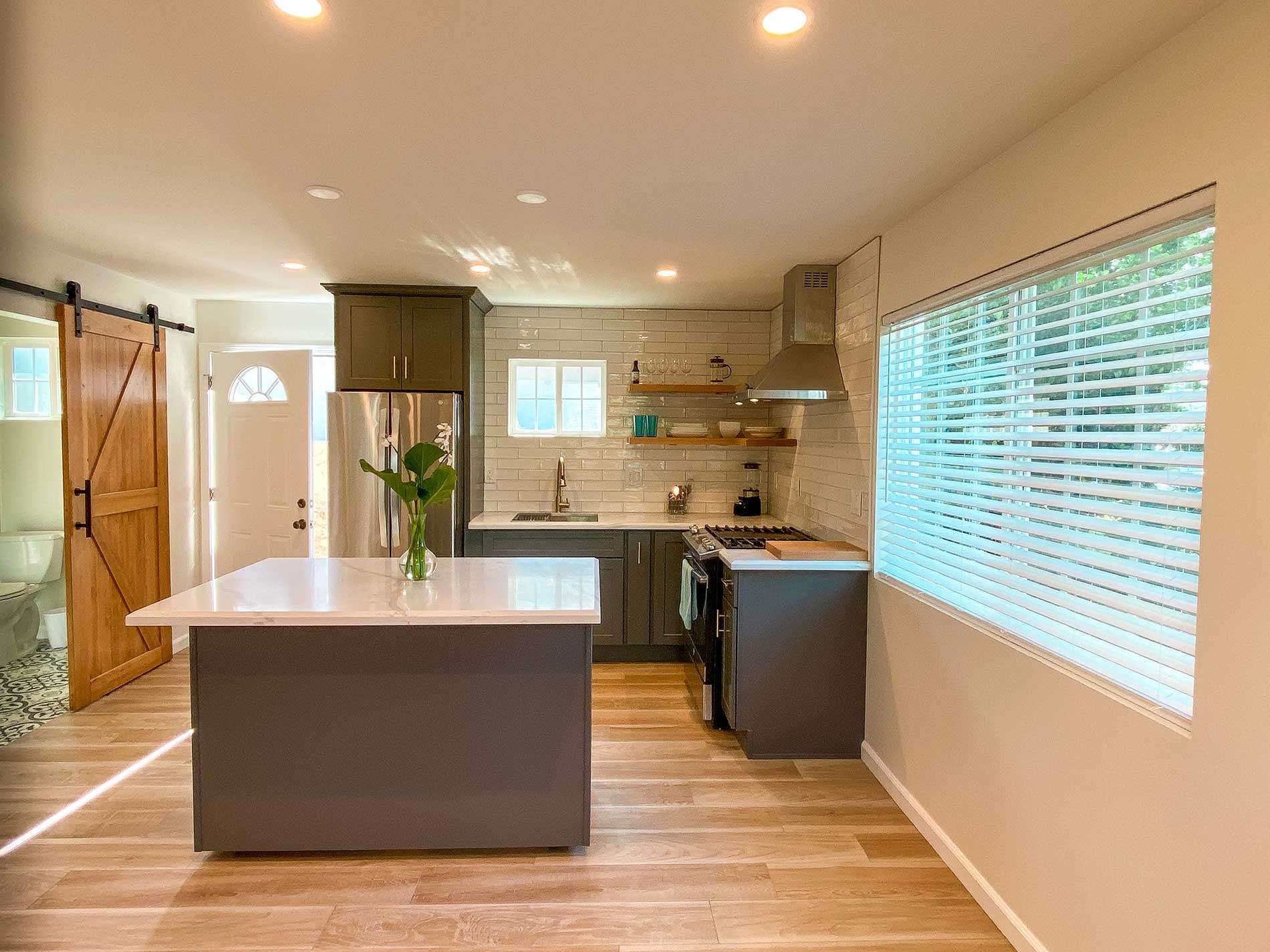
If you don’t have guests staying often, renting out the ADU on platforms like Airbnb can be a lucrative source of passive income.
- Passive Income: Renting out your ADU allows you to generate a steady stream of passive income without having to actively work for it. It can be a reliable source of additional revenue.
- Payoff Mortgage: The rental income from the ADU can help offset your mortgage payments, reducing your financial burden and allowing you to build equity in your property faster.
- Investment Opportunity: An ADU can be seen as a separate investment on your property, providing potential for a higher return on investment in the long run.
- Short-Term Rentals: If located in a touristy area or near popular attractions, you can consider listing the ADU on platforms like Airbnb or VRBO for short-term rentals, which often yield higher rental rates.
- Financial Security: Rental income from the ADU can act as a financial safety net, providing additional funds in case of emergencies or unexpected expenses.
- Tax Benefits: Depending on your location and tax laws, there may be certain tax benefits associated with having a rental property, such as deductions for expenses related to maintenance and repairs.
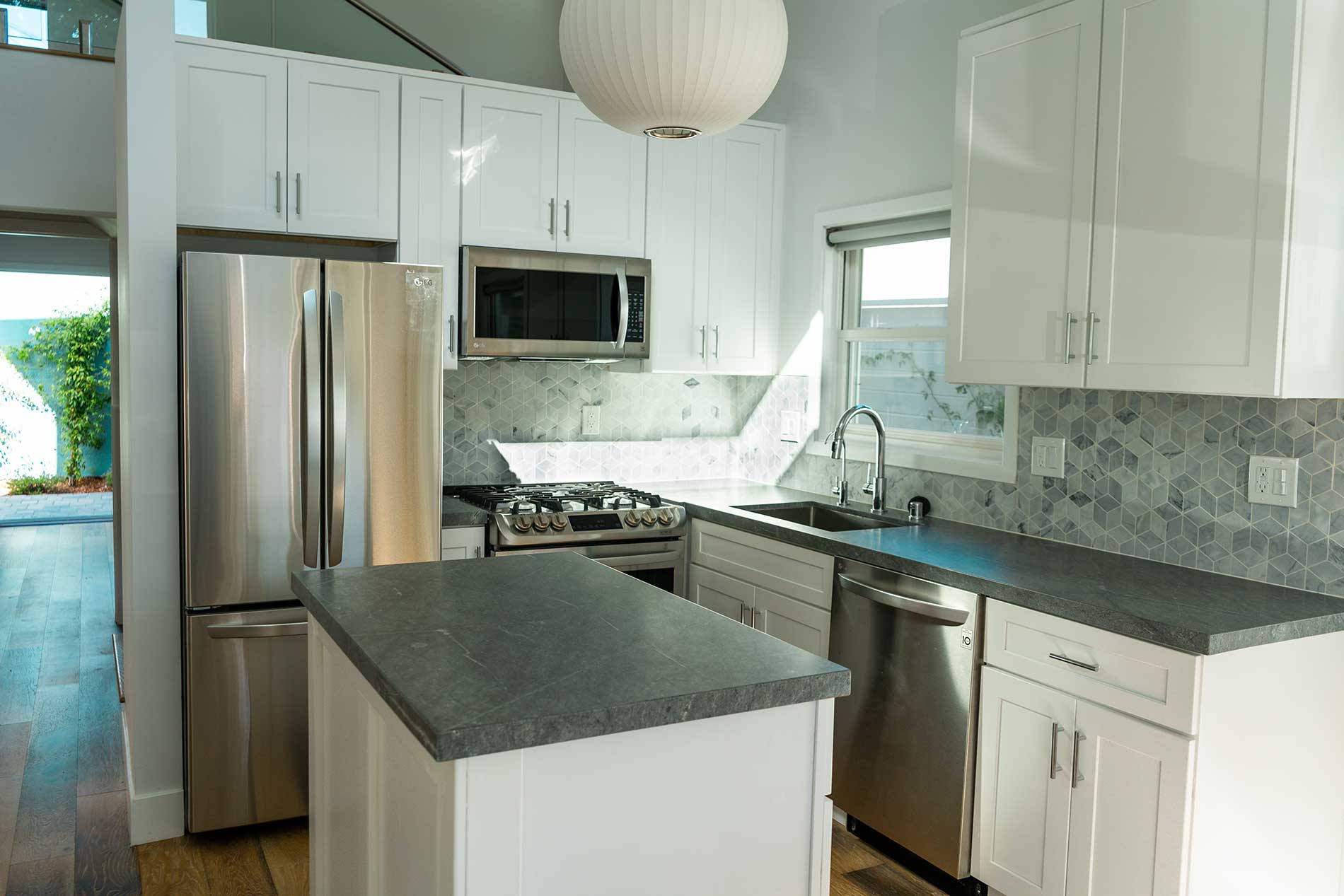
ADU Construction in Monrovia
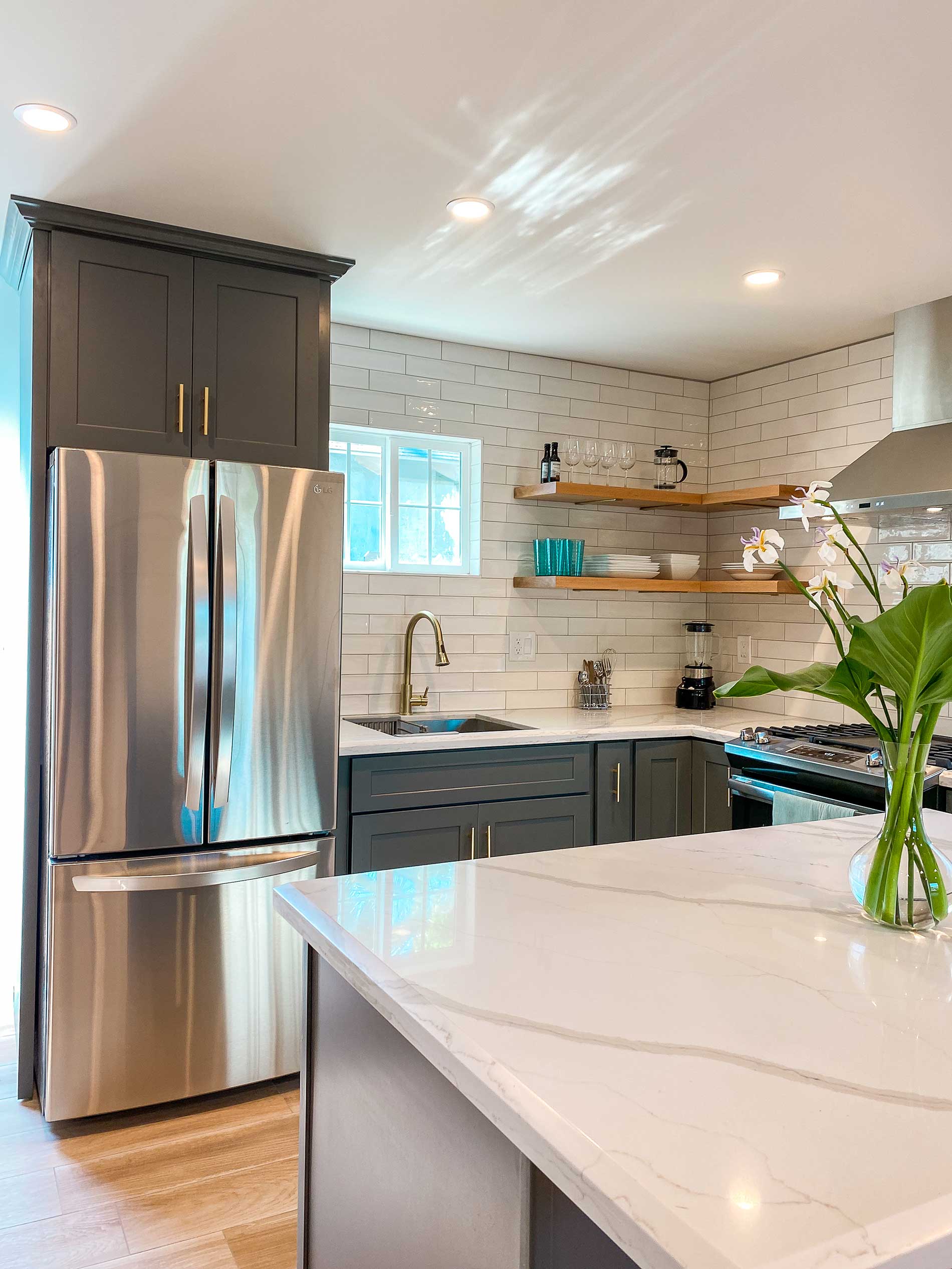

- Blueprints and permits
- Demolition and excavation
- Framing
- Plumbing and electrical work
- Drywall and painting
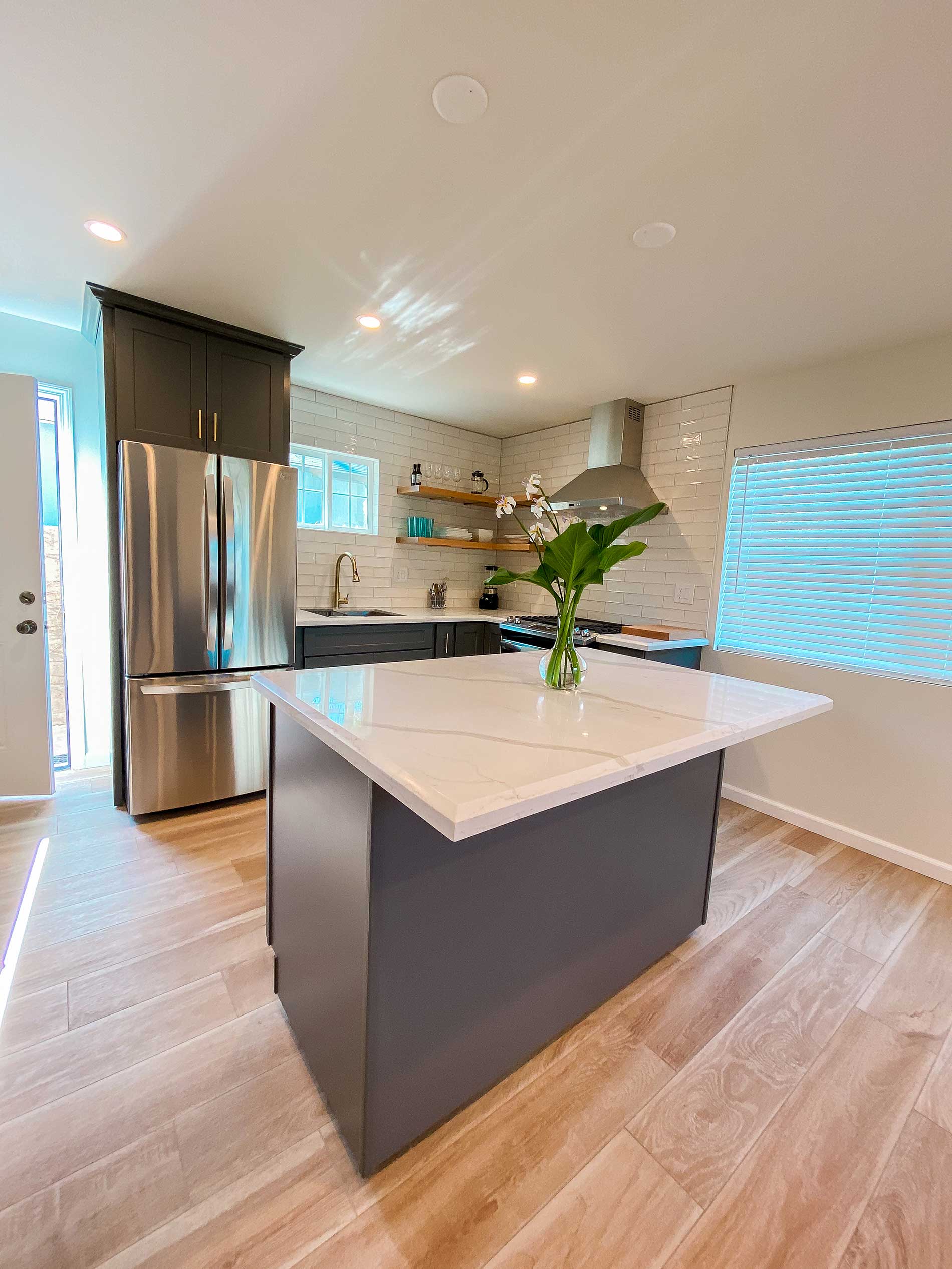
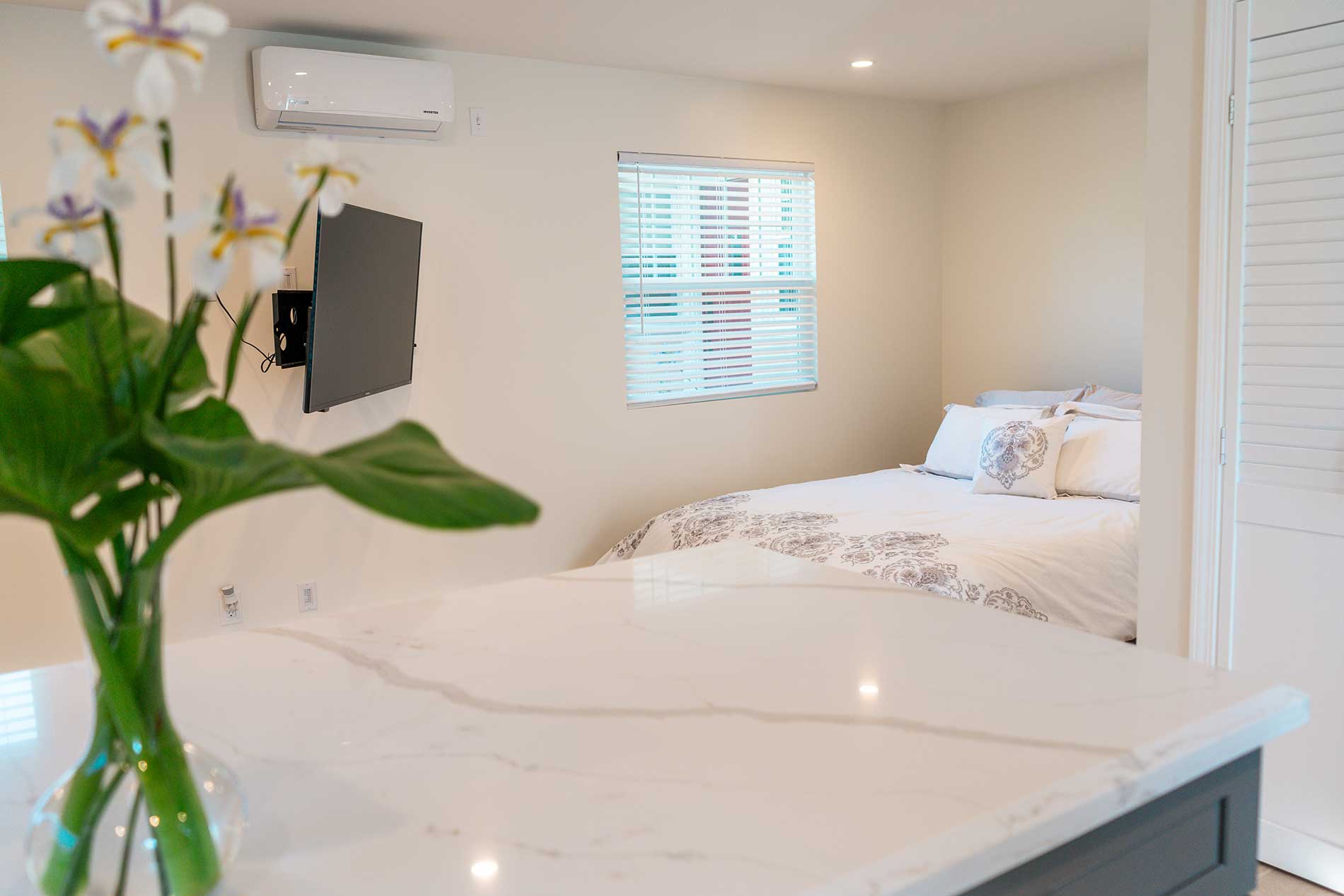

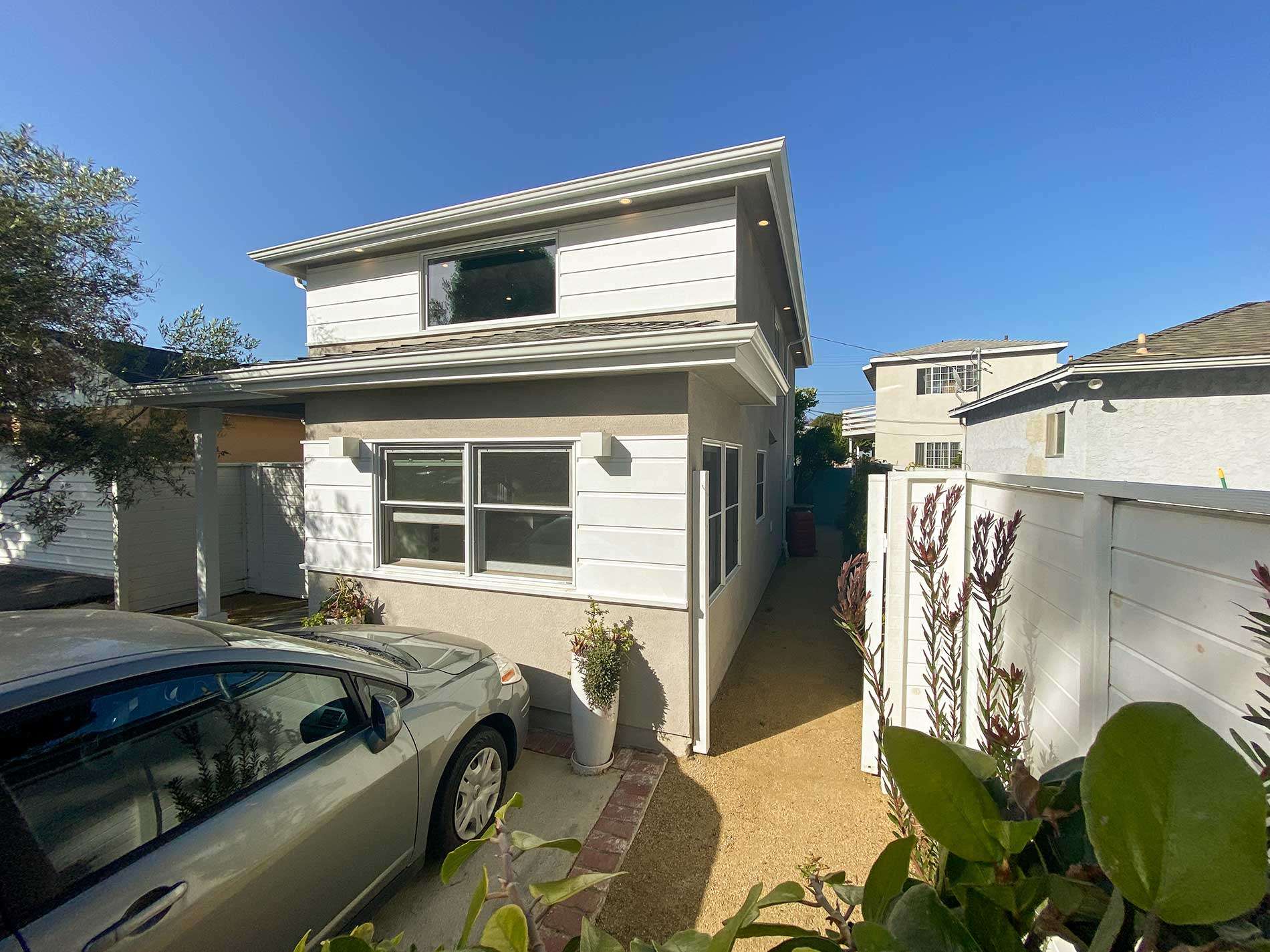
ADUs FAQS
The size of an ADU is typically determined by factors such as the lot size, the existing main dwelling’s size, and the zoning designation of the property. In some areas, ADUs are limited to a percentage of the primary residence’s square footage or a specific maximum size, such as 800 square feet or 1,200 square feet.
Working with a professional architect or contractor experienced in ADU construction can help ensure compliance with local regulations and optimize the design to meet your needs.
In some regions, ADUs are permitted without restrictions, while in others, there may be limitations on the size, location, or use of ADUs. Some places might have specific requirements regarding setbacks, parking, and owner occupancy.
Before proceeding with an ADU project, it’s crucial to research the local rules and regulations to ensure compliance and avoid potential legal issues. Consulting with a local architect, contractor, or ADU specialist can also provide valuable insights into the feasibility of building an ADU on your property.
The cost of building an ADU in Los Angeles, CA, can vary widely depending on various factors such as size, design, materials used, and site conditions. On average, ADU construction costs in Los Angeles range from $150,000 to $350,000 or more.
It’s essential to work with a reputable contractor or ADU specialist who can provide a detailed cost estimate based on your specific project requirements and local building regulations. Additionally, exploring financing options like loans or grants may help make ADU construction more affordable.
The requirements for a separate entrance for an ADU vary depending on local zoning regulations and building codes. In some areas, a separate entrance may be mandatory, while in others, it may not be required. It’s essential to check with your local building department or a qualified ADU contractor to determine the specific requirements for your location. Having a separate entrance can enhance the functionality and privacy of the ADU, making it more appealing for potential tenants or occupants.
Financing options for ADU construction include personal savings, home equity loans or lines of credit, construction loans, cash-out refinancing, ADU-specific loans, government programs, and utilizing rental income. Each option has its pros and cons, so homeowners should carefully consider their financial situation and long-term goals before making a decision. Consulting with a financial advisor can provide valuable insights and guidance.
The time it takes to build an ADU can vary significantly depending on various factors, such as the size and complexity of the project, local building regulations, and the availability of materials and contractors. In general, a typical ADU construction can take anywhere from a few months to a year to complete.
For smaller and simpler ADUs, like garage conversions or prefab units, the construction process might take around 3 to 6 months. On the other hand, more complex projects, like ground-up construction or custom-designed ADUs, can take 6 months to a year or more.
Yes, in most cases, you will need permits to build an ADU. The specific permit requirements vary depending on your location and the size and type of ADU you plan to construct. Generally, you’ll need building permits and possibly additional permits for plumbing, electrical work, and zoning compliance. It’s essential to consult with your local building department to understand the specific permit requirements for your ADU project.
Yes, in many cases, you can convert existing spaces, such as a garage, basement, or attic, into an ADU. However, it depends on local zoning regulations, building codes, and other requirements. Before proceeding, it’s crucial to check with your local authorities and obtain any necessary permits.
Building an ADU may impact property taxes, with potential changes in assessed value and tax rates varying by location. Some areas offer exemptions for certain ADUs, while rental income can offset tax increases. Consulting a local tax professional or assessor’s office will provide specific insights for your situation.
